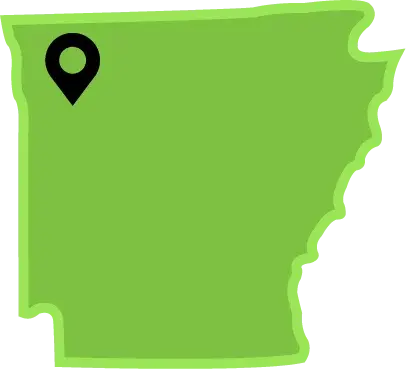 Employee benefits are an important element in attracting and retaining top talent. They also play a role in improving morale and boosting productivity within the organization. Understanding the importance of benefits increases the likelihood of employees using them as part of their company incentives. This is why it’s important to communicate benefits information effectively.
Employee benefits are an important element in attracting and retaining top talent. They also play a role in improving morale and boosting productivity within the organization. Understanding the importance of benefits increases the likelihood of employees using them as part of their company incentives. This is why it’s important to communicate benefits information effectively.
Getting the word out can be challenging, whether working with new employees through onboarding or addressing concerns with existing employees. Creating an integrated strategy to boost your communication makes a difference. Here are a few tips for the HR team:
Start Early
Having an open and ongoing conversation creates synergy between HR and employees. Any benefits available to employees should be widely advertised throughout the company. Don’t wait until open enrollment to start talking about the benefits; start educating them during onboarding. This allows employees to ask questions and get clarification before making decisions. Many benefits employees have are often overlooked because they don’t know they have them.
This is also a good way to empower managers. Every manager should be able to act as a go-between between their employees and HR. They should be able to comfortably talk about the company benefits, great incentives employees may not know about, and more. They should be well-versed in the tools used in supporting employees, the types of time off available, and more.
Be Clear and Concise
Using clear and concise language is key when communicating benefits information to employees. Avoid using any acronyms or jargon that may not be familiar to them. Breaking things down in simple language and keeping messages short and to the point always works best. Employees expect that HR is the go-to for clarification in this area. Effective communication helps prevent any misunderstandings or confusion regarding their benefits. Being open and transparent increases engagement and keeps employees motivated.
Use Visuals
Everyone has an individual learning style. When presenting and communicating with employees, visuals are your friend. Visuals help break things down, simplify the text, and create engaging interactions when displaying and explaining company benefits. Supporting graphics and images help you grasp and retain the information better, and your infographics, videos, and social media posts are reinforced to communicate the information clearly and quickly.
Be Consistent
Consistency helps with clarity. It’s important to communicate employee benefits information consistently across all employee-facing channels. Using a variety of channels helps ensure employees receive messages that feel most comfortable. Using email, social media, an employee intranet, and a quarterly newsletter reminding employees of their benefits and introducing any new incentives helps keep everyone on the same page. This is also a great way to enhance employee culture. Have employees share photos and stories about how the benefits have helped them and highlight those available benefits that often go unused. This provides the information they need with solutions specifically addressing their preferences.
Make it Easy to Find Information
Employees become frustrated when they can’t locate what they need when they need it. Make sure you have a solution to accommodate them. Creating a central location where employees can find information about their benefits, such as a benefits website or online portal, saves time and money. This area should also have contact information for vendors and insurance companies. A video outlining where this information is and how to access it should be an integral part of onboarding.
Having an employee benefits booklet is also a great way to distinguish the different levels of benefit plans. In this digital transformation, having each booklet accessible in a digitized format improves accessibility, especially if the booklets are lengthy or different classes of employees have different benefits. Having a quick reference guide that provides a quick breakdown of coverage helps the employees from having to search for detailed information unless they need specifics.
Get Feedback
Make sure employees are involved in the process when deciding how best to communicate information on their benefits. This helps identify areas that need improvement, introduces new ideas where you can innovate, and creates a sense of inclusion. Schedule feedback throughout the year to determine if changes are needed, especially when plans are being reviewed or renewed.
The goal is to make sure employees are fully engaged and know the types of benefits they have.
Creating an interactive process makes things interesting for employees in-house and remotely. This keeps them focused on how their benefits can improve their work/life, and they are equipped with the information they need without having to keep going to HR with questions.
By following these tips, you can effectively communicate benefits information to employees and help them take advantage of the benefits offered at your organization.




